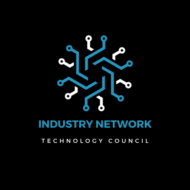ICANN is engaged in an effort for the Internationalization of Domain Names — that is, making them available in languages other than English. Thıs ınvolves fıgurıng out what new symbols must be used, of course. But also figuring out which of the new symbols are easily confused with each other, or with existing symbols. Just by way of example, the Latin alphabet contains 26 basic letters, but those can be combined with some 20 diacritic marks (little dots and lines above or below the letter), giving a total of some 220 symbols. Some are only distinguishable if you know the language they happen in. For example, in a domain name suppose you encounter a Dotless I ( ı in lower case, this occurs in Turkish) when you are expecting a regular I, will you notice. In my observation, no — especially if you have never even heard of a Dotless I. (Did you notice when they got used in one sentence above?)
The domain name which is malformed in this way will most likely take you somewhere other than where you expected. This is called a “homographic attack”. Homographic attacks can be used for phishing and pharming with the end goal of introducing viruses or for defrauding the consumer. You may wish to understand these risks. You may also want to have some input into what limits get put on new names. We will tell you how you may get involved at ICANN.
Bill Jouris has been working in the computer industry since his college days, before the Internet was even thought of. His early career in industry was dealing with performance analysis and tuning of mainframe systems for financial and healthcare firms. He is Chief Operating Officer at Inside Products.
In addition, Bill has been active in the Computer Measurement Group, which is the professional organization for the computer performance field for decades, and served two terms on its Board of Directors. He is on the ICANN Latin Generation Panel which is a part of ICANN’s effort to expand the range of possible domain names.
